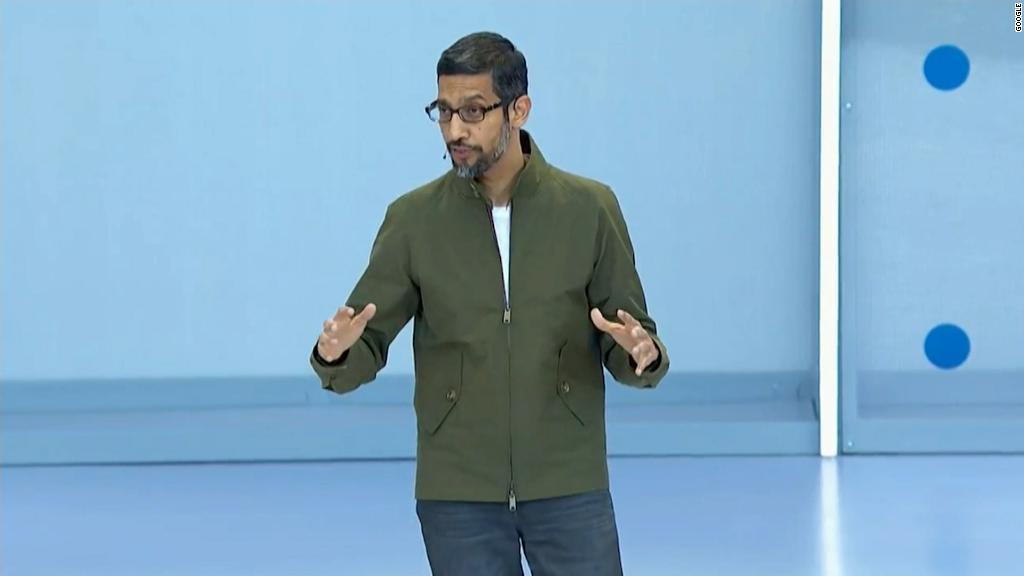
Google Assistant has a new trick. El Asistente de Google tiene un nuevo truco.
Starting today, the voice assistant can speak two languages simultaneously. That means bilingual families can request music, check the weather, control a smart lightbulb and do myriad other things in two tongues without having to change settings each time.
That was a difficult trick to accomplish, and Google Assistant is the first of the major voice assistants to pull it off. That could help Google woo users away from Amazon's Alexa and Apple's Siri.
A bilingual digital assistant may seem like no big deal, but more than half the world speaks at least two languages, according to estimates. And studies suggest speaking multiple languages has a positive impact on children's brain development and social skills.
Amazon has dominated the smart speaker market since creating the category in 2014. The Echo remains the most popular smart speaker in the United States, and two-thirds of the smart-speaker owners talk to Alexa at least once a month, according to eMarketer. Google Home sits firmly in second place with 30% of smart speaker users chatting up a Home each month.
However, flagship smart speakers are but one part of the equation. The voice-based interfaces also run on third-party products like other speakers, in-car systems, and smartphones. Android, the world's most popular mobile operating system, offers Google Assistant, of course, and you can even access it on an iPhone through the Google iOS app.
Amazon was the first to offer a smart speaker, but Google got the jump on voice recognition technology. It started transcribing voice mails and doing voice searches in 2009, while also making strides in neural networks. Google's also is investing in voice technology for other products, like its human-imitating Google Duplex phone automation tool.
Bilingual processing marks an important advancement in speech recognition technology, one that Google says it spent years developing, according to a blog post detailing the technical details behind the feature. The first step is being able to detect what language someone is speaking. Google started developing its language identification tool, LangID, in 2013. The system can discern the difference between 2000 pairs of languages, according to Google.
To ensure Assistant offers an immediate reply in the same language as a user's query, Google Assistant will run two speech recognition systems at once. Its goal is to determine which language you're speaking as quickly as possible so it can use less processing power. It weighs factors like your musical preferences, how frequently a language is used, and the type of device being used when deciding what language to choose.
When it determines what language is being spoken, the Assistant switches to the regular monolingual process. By the time you've stopped saying, "OK Google, turn the Nest to 76 degrees," it should already know what language you were speaking, what you said, and have begun sending instructions to the thermostat.
The new feature rolls out beginning Thursday. To get started, you must select a second language in settings. It supports English, German, French, Spanish, Italian and Japanese to start, which Google says will cover most of its users who speak multiple languages. It plans on adding more languages are coming later this year.
Google Assistant still won't be able to parse single commands that combine two languages, though. Each request needs to be entirely in one language.
Google says support for multiple languages has been a highly requested feature, and that it's not stopping with just two. The company already is working on understanding three or more languages simultaneously.
Amazon declined to say whether it is developing a similar feature.
Bonne chance, Alexa.

